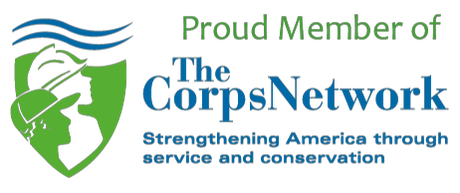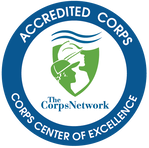|
GEM Corps would like to welcome the newest member to our team! Allie Shedleski is our new AmeriCorps New Mexico AML Team Leader. Allie was born and raised in Maryland but has lived in Ohio, Utah, Washington, and now New Mexico! She has always enjoyed hiking and since moving out west she has taken up backpacking and rock climbing! Allie feels that STEM is essential because “it helps us understand and protect the world around us, from us”. She has a strong passion for nature and conservation. Allie is doing her part for our amazing planet and encouraging others to do the same. Welcome aboard, Allie! How did you hear about this service opportunity? Please provide a brief description highlighting your work/area of focus. I am the NM Abandoned Mine Land Team Leader, the position title does most of the explaining. I will help map abandoned mine remnants on state and federal land in New Mexico. What do you plan to accomplish during your service term with GEM? I hope to expand as a scientist and gain field experience with GIS. Also, I hope to strengthen my leadership abilities. What are your career goals? As I move forward professionally, I would like to gain new and diverse experience in the conservation field. In hopes that it leads to a permanent position in the outdoors. Do you plan to continue your education? If so, what programs or school are you looking into and what is the highest degree you plan to earn? I have a Bachelor of Science in Geology. At this point in time, I don't have plans to return to school. Have you had any other internship or service opportunities before this? If so, how do you believe internships have benefited you so far? I worked with AmeriCorps for the American Conservation Experience. It was a lot of fun and challenged me physically and mentally in a lot of ways. It definitely helped me acquire professional skills that directly led to me getting a job as a Wildland Firefighter and to me securing this job as well. To learn more about AmeriCorps click here.
We recently came to the end of term for our AmeriCorps VISTA and Program Coordinator, Kassie Henrikson. Kassie spent the past year working with GEM through Arizona Serve. She was a vital part in the growth and development of GEM Corps in 2021 and 2022. We were honored to have Kassie work in many of our programs and to represent GEM as we worked throughout our community. Kassie is a very passionate person, who strives to work hard and accomplish anything she sets out to do. “What I loved most about working with GEM was the freedom and support I had to pursue whatever interested me. Whenever I came to Eric or Ashley with an idea of something I wanted to pursue, they only asked what they could do to help. I was able to participate in a large variety of programs including community science, geology lectures, and directly teaching people of all ages and developmental levels about natural history, which is what I am most passionate about. My next position is as a Park Guide at Indiana Dunes National Park in Northwest Indiana. I will be assisting park guests with planning their visits and sharing the unique qualities of this park with others. My experience at GEM helped me to gain more confidence when speaking to others about science and natural history, which is going to be a large part of my new job, so this experience was invaluable for me. My new position is temporary, so I'm not sure what I will be doing after that, but I know that the wide variety of skills I was able to gain through this experience will help me no matter what direction my career takes me moving forward.” Thank you, Kassie, for all your hard work and dedication. We wish you the best of luck in all your future endeavors. You have left a lasting impression with GEM Environmental and have set goals for all our future team members. The world is a better place because you are in it.
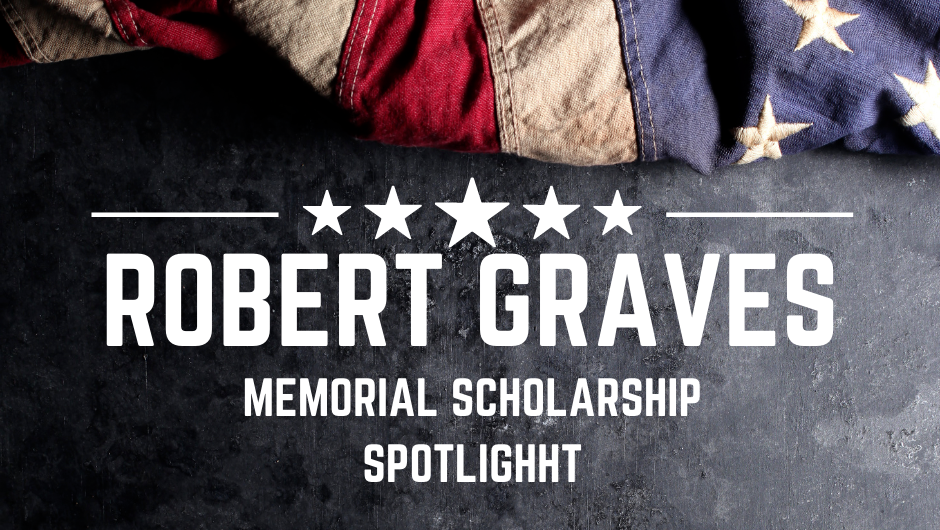 GEM Environmental is proud to introduce our 1st time recipient of the Robert Graves Memorial Scholarship for Veterans in STEM. Andrina Shields, the mother of Robert Graves, has partnered with GEM to award a $1,500 scholarship to Veterans in STEM fields and to share Robbie’s story to help spread Veteran Suicide Awareness throughout our community. The 2022 scholarship was awarded to Shea Prescott. Congratulations Shea! Shea is from Jacksonville, FL. He was honorably discharged from active duty in the United States Navy in 2020. He is currently serving as a SEL Reservist at 4th Navy Expeditionary Logistics Regiment at Blount Island, FL as an Electronic Technician 2nd Class. His interests include computer science, engineering, electronics, and the great outdoors. Shea values STEM education because humanity and the world itself is entering a technological age, and he feels that to expand and progress as a society, we need to understand and be at the forefront of these fields.
How did you hear about G.E.M. Environmental and this scholarship opportunity? STEM SCHOLARSHIP INTERNET RESEARCH Please provide a brief description highlighting your work/area of focus. I am a service member in the United States Navy and I recently concluded a deployment in the Gulf of Oman on a destroyer and transitioned from active duty to reserves to pursue a degree at Jacksonville University's Electrical Engineering program. As an Aegis Fire Controlman 2nd class deployed in 2020, I was the work center supervisor for CF03 where I was responsible for the Fire Control aegis suite for anti-air and ballistic missile defense warfare areas for my ship. The technical training I received while serving in the United States Navy gave me the electrical background and theory to repair and conduct maintenance on sophisticated AEGIS BMD radars and illuminators. These skills provided me the foundation to pursue my electrical engineering degree at Jacksonville University. The primary mission of my ship was Ballistic Missile Defense and as a Missile System Supervisor. I operated the console in charge of final release of ordnance for air and BMD tracks that were threats to our nation and allies. If your scholarship funds HAVE NOT BEEN USED yet, how do you anticipate you will achieve success? The United States Navy has instilled in me the drive to succeed in my mission and the fortitude to finish the task at hand. My dream and aspiration is to achieve this degree in order to be employed by the Missile Defense Agency so that I may continue protecting our nation from ballistic missile threats on the homeland as a civilian. I've seen firsthand how sophisticated and advanced the potential destructive capabilities of inter-ballistic missiles can be. The importance of STEM related fields such as Electrical Engineering would give me the skills required to be on the forefront of our nation's defense and Patriot program. Tell us what this scholarship means to you. The military benefits for being a service member does not pay for all of my expenses, especially for books, labs, and other school supplies. This scholarship will provide me with the financial security in order to prioritize my education regardless of cost of living, transportation, and living accommodations. I am incredibly grateful and honored to be a recipient for the Robert Graves Memorial Scholarship. I am a first-generation STEM field major in my family. I hope to keep this trend and instill in my future family the importance of STEM related fields. To learn more about Shea Prescott, click here. GEM Environmental would like to welcome aboard our newest team member, Wayman Trujillo! Wayman is our new Member at Large. Wayman was born and raised in the outdoors of Prescott Az. He went to Prescott High School and after graduation, attended Oklahoma Panhandle State University. As a rodeo scholarship recipient, Wayman was part of the OPSU Rodeo Team. He graduated in 2015 with a BA in social studies/ political science. Wayman’s goal was to attend law school and pursue a joint law degree and masters in land conservation, however, his love for being outside lead him to work as a wild land firefighter, cowboy, hunting guide and river guide. In these pursuits, he has witnessed firsthand the importance of STEM education, from fire ecologists to hydrology engineers 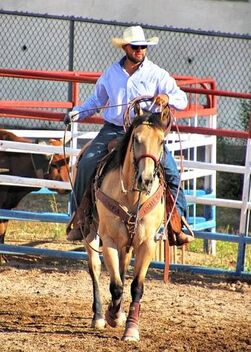 “The public lands depend on educated STEM students.” -Wayman Trujillo Wayman enjoys spending time with his family and passing on his love of nature to his young son. He is still involved in rodeo, and is an active team roper. He currently works as a Title Examiner for Empire West Title Agency, working throughout Yavapai County. His passion and skills, also keep him busy with his side business and hobby, Wayman Trujillo Photography. Between family, work, photography, and team roping, Wayman also loves to mountain bike. Last month, he completed The Whiskey Off-road, a 30-mile extreme mountain bike event! As a new board member, Wayman plans to use his community connections to help spread the mission of GEM. The satisfaction of helping GEM, in our conservation pursuits and getting people involved in our STEM programs, is what he looks forward to the most. Thank you for joining our team, Wayman!
Hi Folks! Welcome to a long-overdue episode of Annette's Adventures! I've been working in the Cookes Peak Mining District, located northeast of Deming, NM. The mining district encompasses three historic mining camps, Hadley Town, Cookes Town, and Jose Town. It is situated in Cookes Range, a rugged and remote mountain range centered around Cookes peak, which towers above the surrounding desert at 8,408 feet. My introduction to Cookes was one that I am not likely to forget but will reserve for another day. The results of such an introduction allowed me to meet the locals and learn the local lore and the routes they use to get around the region One of such opportunities was a trip to Fort Cummings to show me the eastern entrance to Cookes Canyon, at which time I was told the canyon was the "Original 'Masacare Canyon'" and that this was the route that I should take to get to my field area. I would need to find the western entrance to the canyon. Following my guided tour of the region, I found out that the west entrance to the canyon was the first left after the second cattle guard. I immediately set out to find the west side of the canyon and travel through the canyon to the old spring house. The first day after my introduction to the area, I took an off-road trail from the RV through a dry wash to a dirt road. I follow the dirt road to a secondary road that leads me to the canyon pass. On my first trip along this route, I noticed a small sign designating a parking spot in a seemingly odd location. I drove past the parking spot a small distance and saw large panels of petroglyphs on the hillside. I quickly realized that the parking spot was for the petroglyphs, so I backed down the road, parked LadyBug, and scampered up the hill to the petroglyphs. Standing on the hillside next to the petroglyphs put me in a state of awe. I looked around the surrounding area and thought about those there first and the type of life they might have lived. After my awe-inspiring moments taking in the petroglyphs, I scrambled back down to LadyBug and continued my journey along the route. The road skirts around the valley floor from the petroglyphs. It climbs above the valley, passes through a saddle, and follows a gorge out the other side through a narrow valley to Fort Cumings. Once at the fort, I went to the spring house and read the plaque designating the spring as a part of the original Mormon battalion route and later the Butterfield stage route. I explored the few remaining buildings near the spring before returning through Cookes Canyon back to camp. As I drove back through the pass, I felt the eyes of hundreds of Indians staring at me from the surrounding ridges. I kept a watchful eye on the hills, but the only silhouettes I saw were rocks and bushes. That first trip through Cookes Canyon ignited my curiosity about the area's history, and I started listening to the stories of longtime residents. One person told me that naturally occurring lead contaminated the Cookes town spring and that if you visited the cemetery, you would notice a substantial amount of children. The storyteller continued to tell me that occasionally one of the miners would succumb to the lead poisoning and go on a rampage through town. Cookes Spring was named for Captain Phillip St George Cooke 2nd U.S. Dragoons, former commander of the Mormon Battalion whose forward scouts discovered the spring in 1846. The spring was the only freshwater supply between Mesilla and the Mimbres River, and the nearby pass became a popular overland route. By 1858 the spring and nearby pass became part of the Butterfield Overland Route and an established mail station. The mail station became Fort Cumings in 1863 and closed in 1873. The fort was again used from 1880 to 1886 as a camp during operations against the Apache. At the height of operations, Fort Cumings included a parade ground, corral, and several adobe buildings that were all encompassed in a 10-foot tall adobe wall. At the time, this was the only walled fort in New Mexico. Amazingly the spring house stands intact after all these years, but all that remains of the fort is some walls melting back into the desert and a graveyard. One book I found recounting stories from Fort Cumings described Cookes Canyon as a"'journey of death'" six miles or more in length and a gloomy gorge of four miles to add to its terrors." The author continues, "The tales of this gorge in the sixties where so many massacres were perpetrated by the Indians were gruesome enough." One such incident is the 'Battle of Cookes Canyon,' which tells of the Acke Party, a large group of refugees from Arizona heading east to Mesilla. As the last wagon entered the canyon, approximately 100 Apaches ambushed the group. The last wagon in the group was able to flee and returned to Mimbres, where they sent a plea for help from the Arizona Guards stationed at Pinos Altos. The ambush took the lives of 4 individuals and wounded many more. This incident sparked a series of skirmishes between the settlers and the Apache. One account says that the Arizona Gaurd recovered some cattle, and the sheep were later found in a side canyon not too far from the fighting. I've safely passed through Cookes Canyon many times to Cookes Peak. Each time I pass through, I am struck by the beauty and the ruggedness of the terrain. I imagine life in the west during the pioneer days, and the thought of traveling this route with a wagon instills me with great respect for the pioneers of the old southwest and the Apache that came before. Until next time readers, thank you for joining another one of my adventures! ***Annette is a trained and experienced Field Geologist. Please be cautious and always keep out of any abandoned mining area. Safety First!***
GEM Environmental would like to congratulate Carylanne Joubert Maier on her Undergraduate Scholarship Award. Carylanne is one of our newest hardworking recipients. Congratulations Carylanne! How did you hear about G.E.M. Environmental and this scholarship opportunity?
I learned about it through Arizona State University. Please provide a brief description about yourself. I am from Central Florida where I live with my husband and two dogs. I enjoy reading, writing, scuba diving, nature photography, video games, and teaching. I value STEM education because we need it to not only explain the goings-on in our world but also to better understand our world so we can protect it. If we destroy our planet, we destroy our home. Not to mention, there are so many other creatures that call the planet home; we should protect it for all creatures. Please provide a brief description highlighting your work/area of focus. My area of focus is on Biology in Conservation and Ecology. I write about animals to teach kids about them, and I also intend to do research in local areas to me. I am planning a study on the yellow stingray at Phil Foster Park/Blue Heron Bridge to look at its diet, habitat, and the potential of the species as a whole moving north due to climate change. If your scholarship funds HAVE NOT BEEN USED yet, how do you anticipate you will achieve success? I will be using my funds to pay for my college courses so that I can continue my education in Biology and to fund the beginning of my research project on yellow rays. This will allow me success as it allows me to continue my degree without having to stop due to finances, and it allows me to pursue my bigger goal of getting a Ph.D. in Biology so that I can be a successful researcher and teacher in the field. For the research project, it will benefit the scientific community in answering questions about the species that are as of yet unanswered. This can also help the community because the project may lead to a proposal to the local government to add better habitat markers for the yellow stingray to the site I am studying which will increase tourism to the site through snorkelers and divers. Tell us what this scholarship means to you. This scholarship means so much to me as a female scientist who is a first-generation student, a person with disabilities, and a non-traditional student. I now have the means of continuing my education towards my major goal of having a Ph.D. in Biology, and this will lead me to be able to live my life dream of working in the field of Biology. This definitely takes financial stress off my shoulders so that I can continue my education without worrying about skipping semesters to save money GEM Environmental would like to congratulate Savage Hess on his Undergraduate Scholarship Award. Savage is one of our newest hardworking recipients. Congratulations Savage! How did you hear about G.E.M. Environmental and this scholarship opportunity? Through a fellow lab member. Please provide a brief description about yourself. I am indigenous and queer undergraduate researcher who hopes to combine my love for ecology with the microscopic world. In my free time, I engage in lots of creative work like digital art and game design. Please provide a brief description highlighting your work/area of focus. I am currently researching the unknown world of viruses within coyotes. With the help of many others, I've collected hundreds of scat along the Rio Salado. A small portion of those scat were sampled and scanned for ssDNA viral genome segments. We then isolated and amplified those gene fragments with our personally designed primers. From the results we've uncovered so far, a circovirus has been identified. This circovirus is likely an undiscovered species but is closely related to canine circovirus and bamboo rat circovirus. This relationship give us immense ecological insight and potentially a clue into disease outcomes for these urban coyotes. How do you plan on using your scholarship funds and how do you anticipate you will achieve success? I plan on using these funds to help pay for travel and registration at conferences. Attending this conference will enable me to make connections with other scientists active in my fields. This will help me retain a career in molecular ecology by letting others now I'm a serious and capable researcher that deserves opportunities. It will also give me experience presenting my research to a public audience. Communication of one's findings is a vital responsibility for all scientists. The more opportunities I receive to share my research, the more I will be able to explain it clearly and effectively. Tell us what this scholarship means to you. This scholarship means that I have an opportunity to be an indigenous person in the global stage of research and academia. There are few from my people who can claim such prestige and I hope that I can act as a become to young indigenous people every where. To be able to show that we can be equals in the western world. Anything else you'd like to share about your work, yourself, or the STEM fields? I design tabletop games as a hobby. It's another way I can represent my ancestors connection with story telling in this modern world. TO LEARN MORE ABOUT SAVAGE HESS FOLLOW HIM ON TWITTER: @savagehess GEM Environmental is proud to welcome our newest team member Samantha Salazar! Samantha is our new GEM Corps AML Geographer's Assistant! Welcome to the team Samantha! Samantha Salazar is originally from Arizona but now resides in Albuquerque, NM. Her interests include ecology, GIS, and conservation work. She values STEM education because it opens a world of wonder and imagination of our physical world.
Please provide a brief description highlighting your work/area of focus. My area of focus is geography and GIS. My BS is in Geography/Environmental Studies and Evolutionary Anthropology. Which has shaped my focus on my area of work. What do you plan to accomplish during your service term with GEM? Samantha plans to accomplish learning about geography/geology fieldwork and the natural environment and applying her technical knowledge to better understand the natural world. What are your career goals? My career goals are to make an awareness of environmental security by becoming a NEPA Planner or a GIS specialist. Do you plan to continue your education? If so, what programs or school are you looking into and what is the highest degree you plan to earn? I am always looking for ways to further my knowledge in all things relating to environmental studies. If possible I would love to get a Ph.D. in environmental security or environmental policy. Have you had any other internship or service opportunities before this? If so, how do you believe internships have benefited you so far? I personally have never heard of an internship opportunity where I go out into the field and apply it to systems. I think this is a really great opportunity for Geography/Environmental studies students to get hands-on experience to understand physical data translation to geographic systems. Anything else you'd like to share about your work, yourself, or the STEM fields? One-touch of nature makes the whole world kin. —William Shakespeare (1564-1616) TO LEARN MORE ABOUT SAMANTHA CLICK HERE. Did you know that around 300 million years ago, Payson was part of the ocean!?! Geologists have learned this from the multiple limestone deposits that are still there. Fossils like corals, seashells and other remnants of sea creatures can still be found. There is a little area 13 miles east of Payson, near Kohl’s Ranch, called the Indian Gardens Paleo Site that is open to the public and free of charge! Check out our extended GEM family members Billy and Larissa Hinshaw as they take their mini-paleontologists Maelani and Kailee on a fun-filled adventure! Here are a few tips and tricks to help your adventure run smoothly: Bring water and food since there are no restaurants or food marts around. Wear protective gear and clothes such as goggles, glasses, gloves, and knee pads, hats, closed shoes since it’s dangerous to dig and find fossils without them. Help save the environment by not leaving your garbage. Be there early since the parking may fill up quickly. Bring some tools like brush, rock hammer, chisel, and screwdriver for a better digging experience! Put on sunblock because you’ll be out there when the sun is high and you don’t want to get burnt. Always be careful while walking or digging because some rocks may be sharp. Brush off the dirt to clean the fossils you have collected. As much as possible, do not use water, because they could get mushy and crack in the future if you do so. We hope you enjoyed sharing this experience and that it may encourage you to go explore our amazing state! Thank you to the Hinshaw Family for sharing this wonderful adventure!
Growing up in an active family, I was accustomed to being outdoors. My family played many different games on the trails and at the campgrounds. My parents used every opportunity to teach us how to thrive in the natural world. It wasn't until I was older that I understood that the depth and breadth of my outdoor experiences exceeded the average city dweller. Some parents find ways to sneak vegetables into their children's food; my parents found ways to sneak survival into our hikes and camping trips. My favorite campground game was and still is "Gourd Ball," it is similar to bocce in that it is played with a "p," small rock or something that is the target. Instead of bocce balls, we would use gourds, and instead of a court, we would use the entire campground. Whoever was closest to the p would get to throw it for the next round; they could throw it anywhere they liked. Our games usually wound through the campground, twisting and turning through empty campsites and along the roadways. Eventually, we would find ourselves far away from camp, and it was up to us, the children, to successfully navigate our way back to camp. That game taught me to pay attention to my surroundings while still having fun. I still find myself noting landmarks, not just in front of me but also turning around and noting what boulders or snags I should look for on my way back. We would play a game we called "G.I. Joe" on the hiking trails, based on our favorite Sunday morning cartoon, of course. Each person would pick their character to play, and we could come up with scenarios that required us to find solutions. A lot of the game motivated us to move faster on the trail and probably farther than we wanted to. When we stopped for lunch, we would run around and save the world from evildoers. At the end of it all, when we were tired and ready to collapse, we would end the game with our favorite tag line, "knowing is half the battle." Of course, that wouldn't be the end of it. We still had to hike back to the van. With all the games my family played, I never knew there was a set of equipment called the 10 Essentials. It wasn't until I was older that I learned about the 10 Essentials, but ironically enough, I always had the ten packed. I remember the day that I felt a responsibility to trail safety. It was the day after a group of my friends, and I hiked a trail in Montecito. The trail went through a steep-walled canyon and ended at a dry waterfall. We used trees along the trail to pull ourselves up the most vertical sections. We laughed and played all the way up and down the trail, teasing each other and playing silly games. The following day I read about a fatality on the trail; it happened the same day we were up there goofing off. Two high-school-aged kids were on the trail after sunset and got caught in the dark. Their cell phone flashlights were not enough. One was rescued the following day and sent to the hospital, and the other was recovered later that afternoon. My heart broke when I heard the news. I talked about it with one of the professors on campus, and we both decided we had to do what we could to impart some survival skills to the students who never had the opportunity to learn. That was the day we started the "Adventure Club" at Ventura Community College. Our mission was to give outdoor skills and experience to students that previously lacked the opportunity. We set up weekly meetings for the club and invited everyone we knew. We let the members choose what they wanted to learn. We asked them to take turns researching and presenting survival skills and outdoor ethics to the club. And we organized monthly outings to give them a chance to practice what they learned. Through the Adventure Club, I first learned about the Ten Essentials and the many different ways to wrap an ankle. As with most small campus clubs, the Adventure Club has faded out of existence, but at least we helped a few students be better prepared for life's adventures. This blog is an introduction to a series of blogs where I will be focusing on safety. In this series, I will be sharing safety kits from my friends and people I meet along the way. I will include the stories behind why they have certain items in their safety kits with the hope that by the end of this series you will be motivated to create your own trail safety kit. Pictures included with this blog are a sampling of safety kits that I came across over the holidays. I met a kind gentleman with an overland rig that was very happy to let me take pictures of the safety kit for his overland rig. My great friend Alicyn Gitlin was gracious enough to share her kit with me, and I’ve included my very small backpack basics kit. May your new year bring many fun adventures and safe returns. |
Categories
All
Archives
June 2024
|
G.E.M. Environmental NFP
Geology - Engineering - Minerals - Environmental - Not for Profit
Geology - Engineering - Minerals - Environmental - Not for Profit
Community Partners
|
Programs
|
Get Involved
|
About
|
Follow Us
|
Sponsors & Donors
|
© COPYRIGHT 2017 - 2023. ALL RIGHTS RESERVED. G.E.M. Environmental NFP
GEM Environmental, GEM4STEM, GEM Corps, and Charity Rocks are all Registered Trademarks of G.E.M. Environmental NFP.
Any and all use of Trademarks or Copyrights must be authorized.
GEM Environmental, GEM4STEM, GEM Corps, and Charity Rocks are all Registered Trademarks of G.E.M. Environmental NFP.
Any and all use of Trademarks or Copyrights must be authorized.
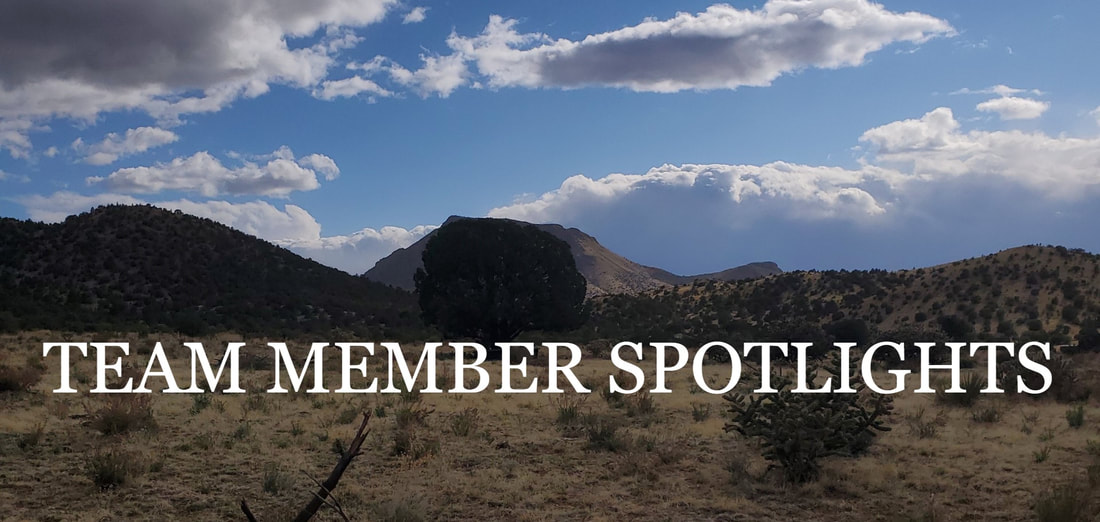
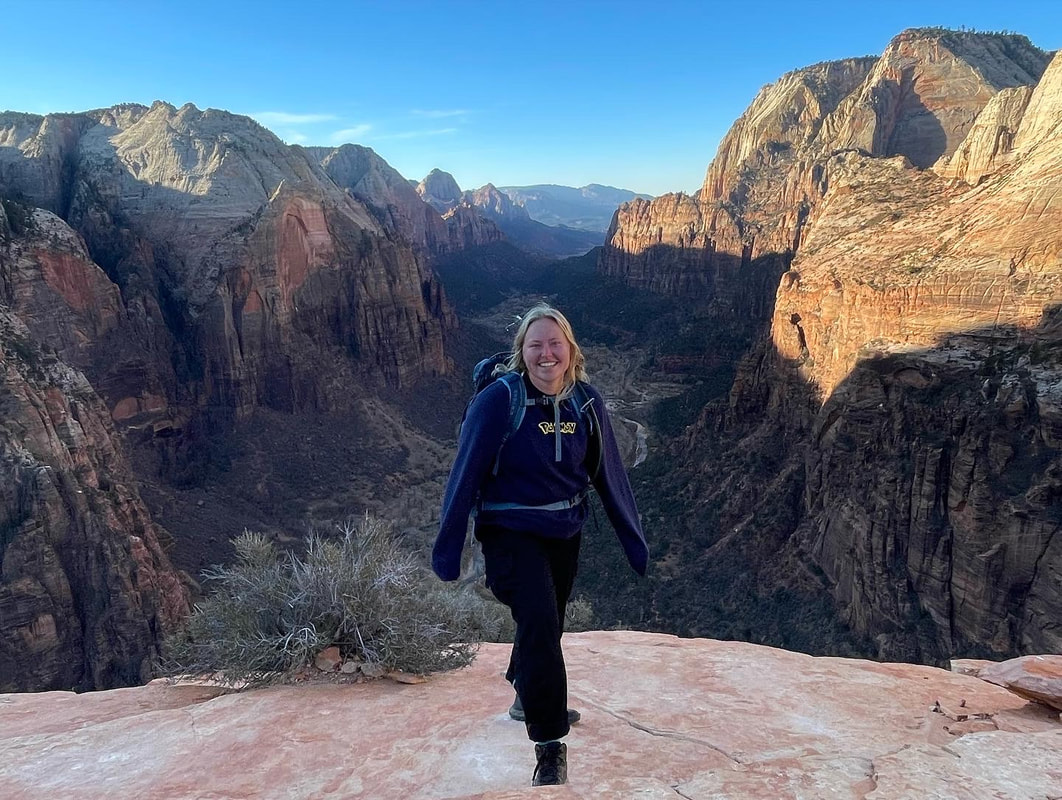

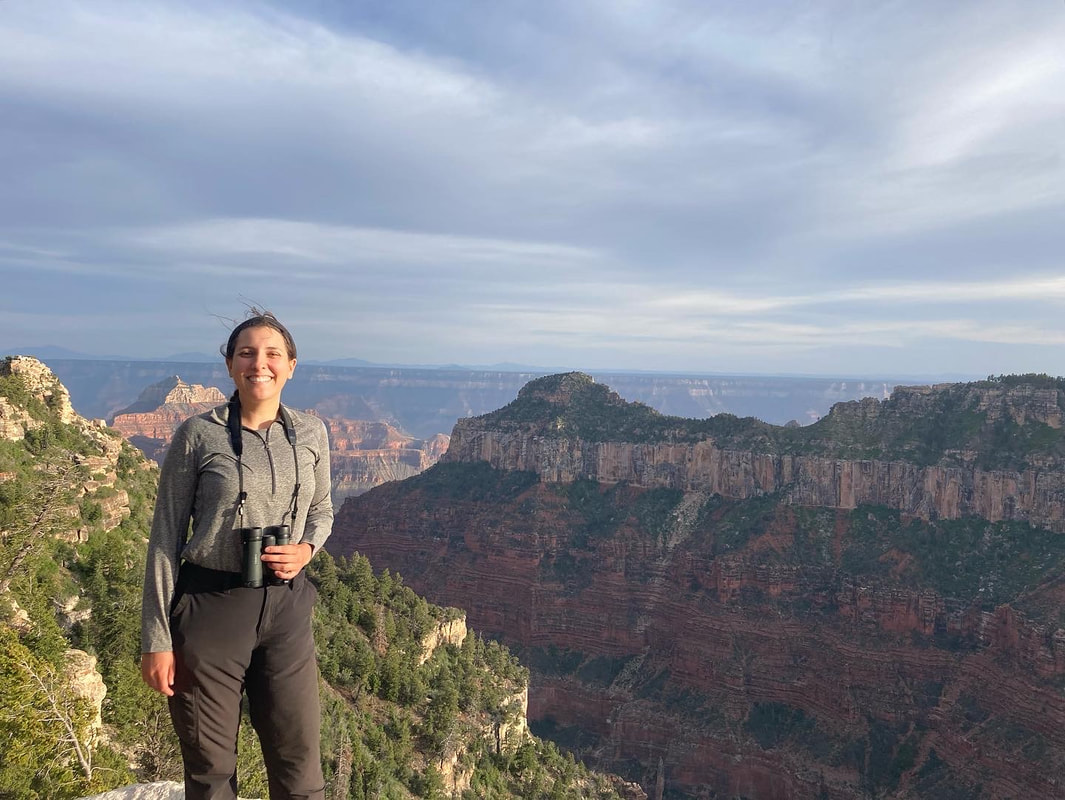
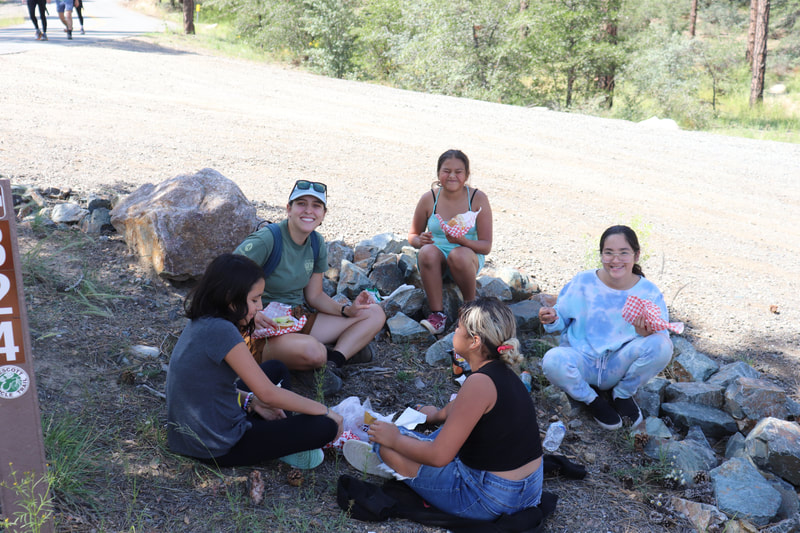
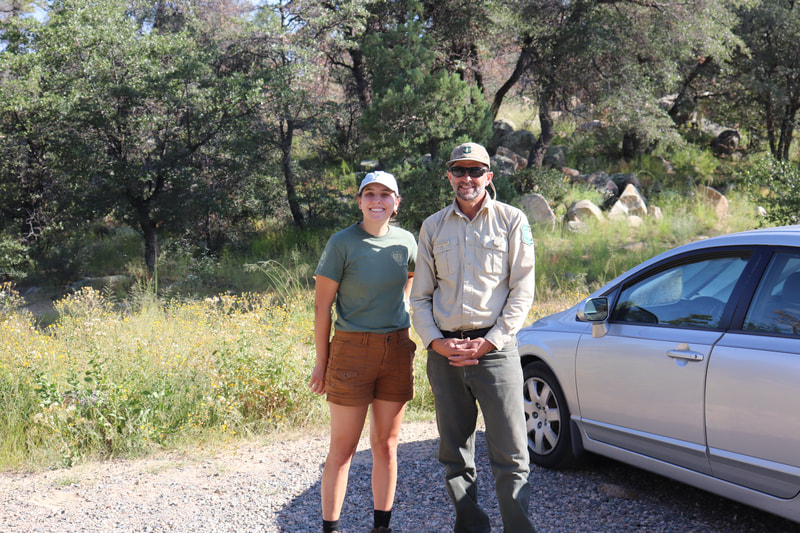
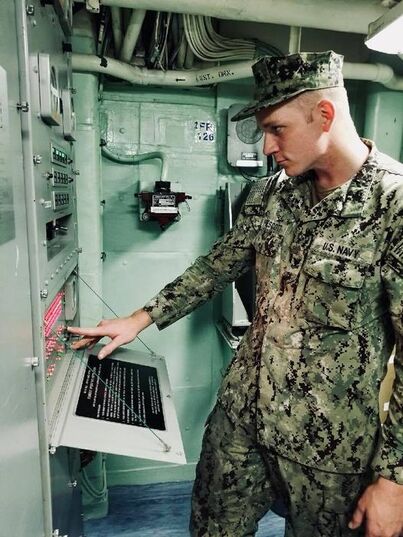
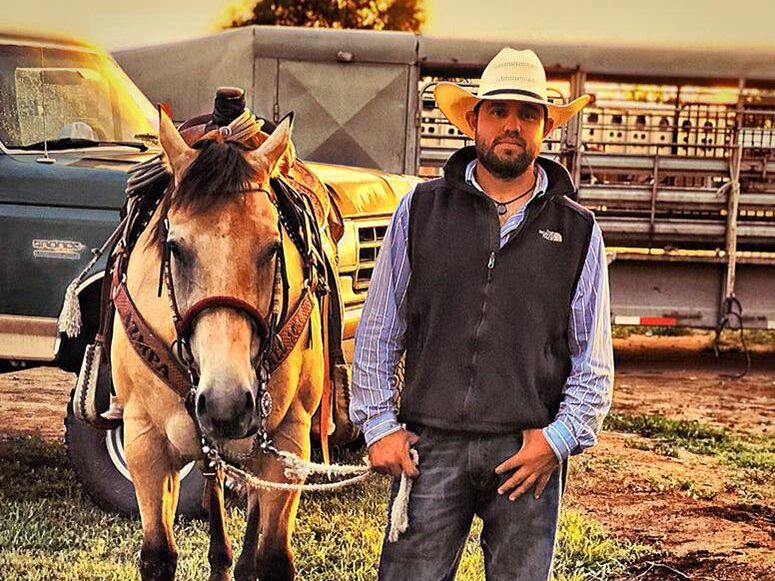
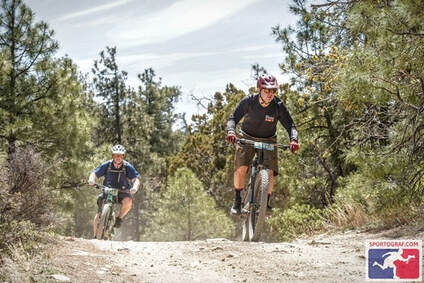
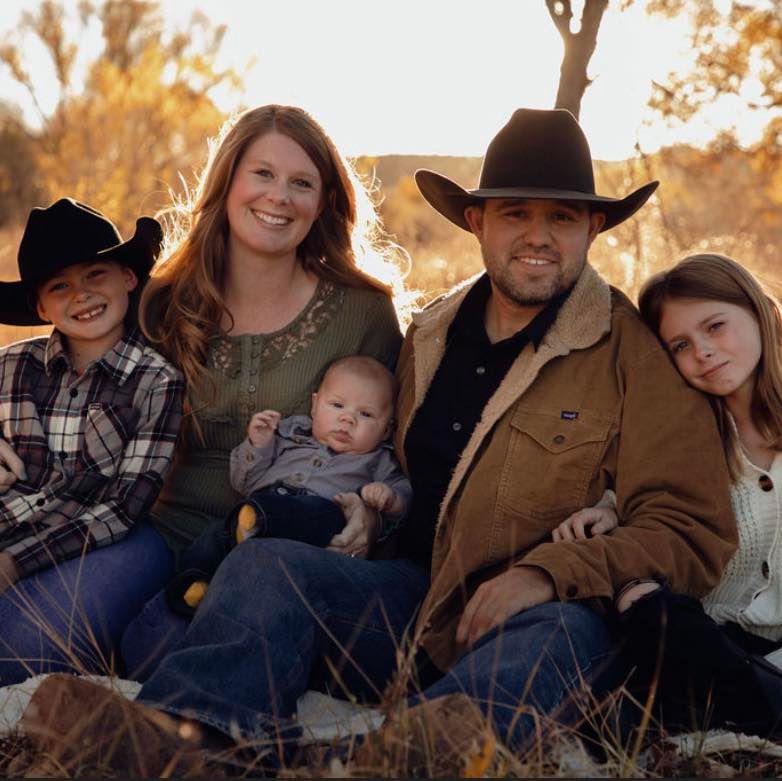
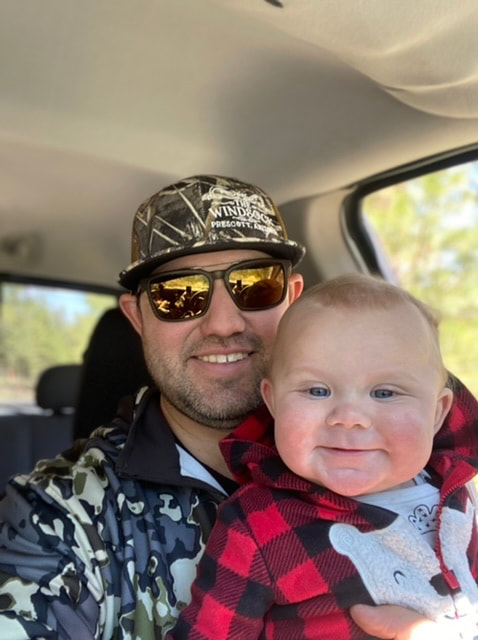
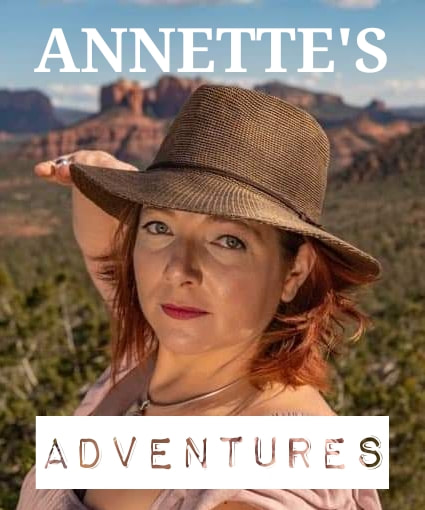
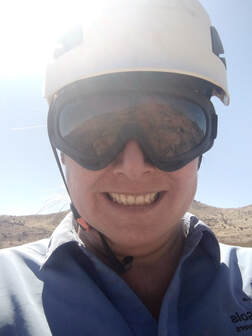

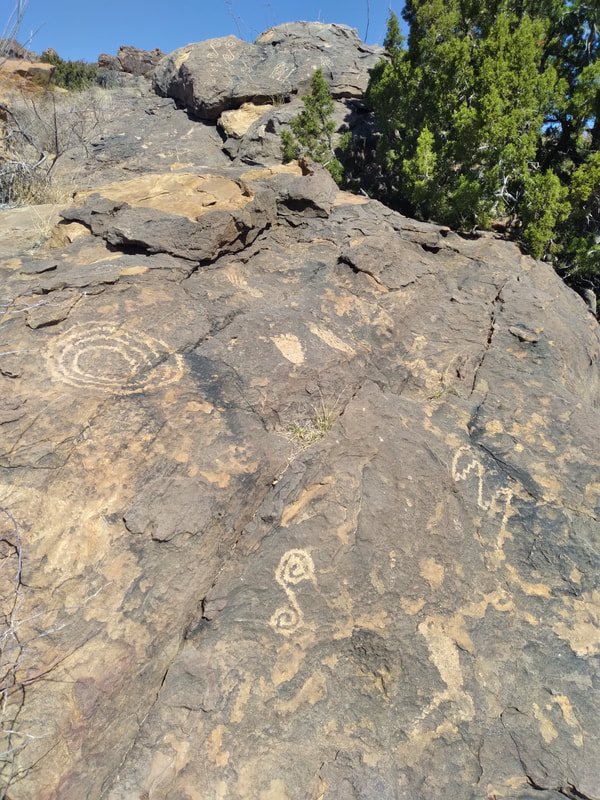
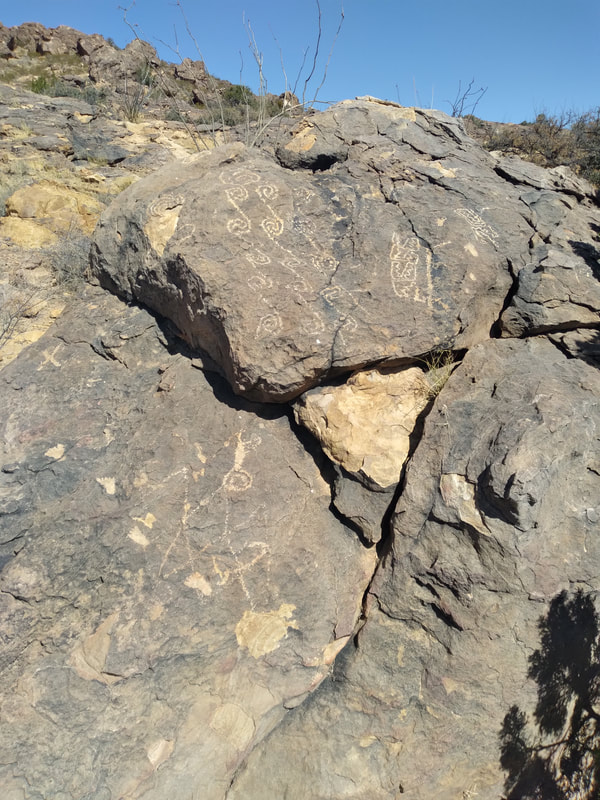
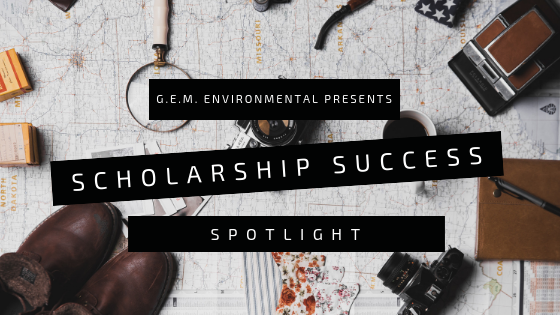
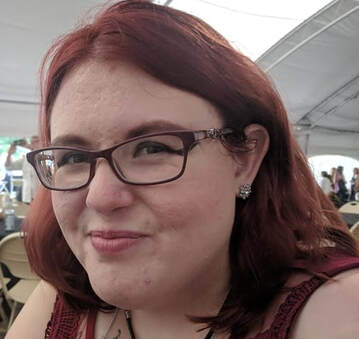
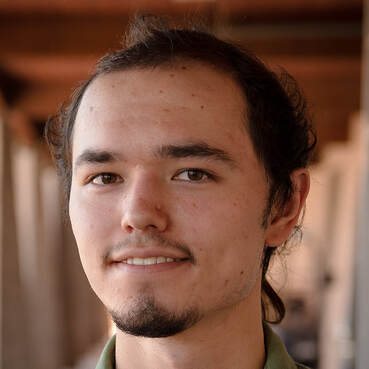
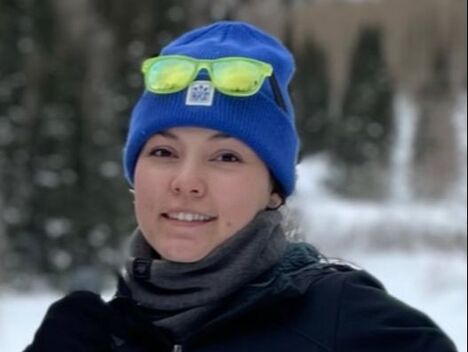
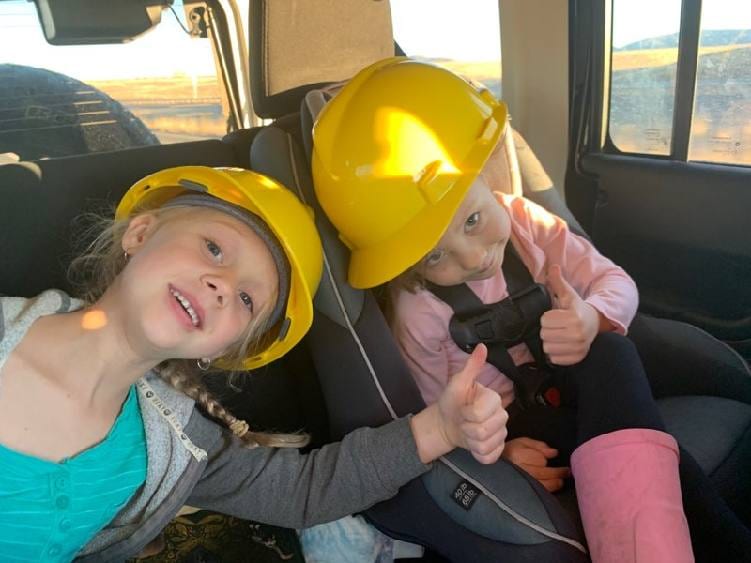
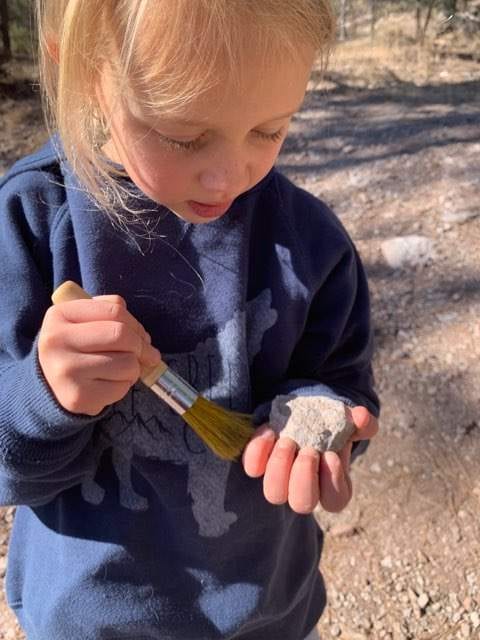
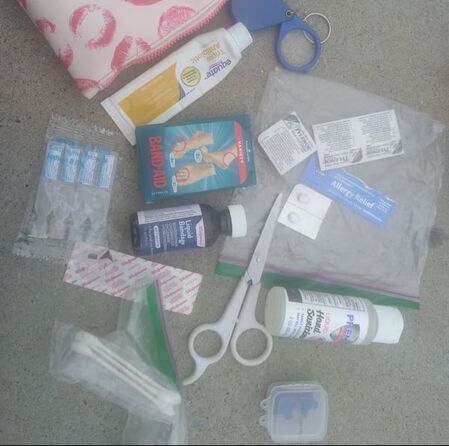
 RSS Feed
RSS Feed
